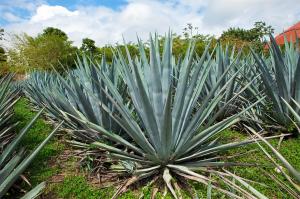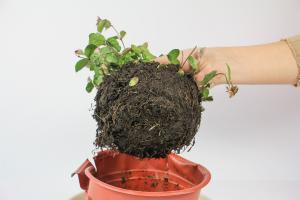Is Water Lily a Floating Plant?
Water lilies, also known as Nymphaea, are often seen in ponds, lakes, and other bodies of water. These plants are commonly mistaken as floating plants due to their large floating leaves and flowers. However, water lilies are not considered true floating plants because they are rooted in soil at the bottom of the water body.
The Characteristics of Water Lilies
Water lilies have several distinguishing characteristics. First, they have large, flat, circular leaves that float on the surface of the water. Second, they have beautiful, fragrant flowers that bloom at the surface of the water. These flowers range in color from white, pink, and red to yellow. Third, water lilies have long, flexible stems that grow from the roots in the soil at the bottom of the pond or lake. These stems keep the floating leaves and flowers afloat on the surface of the water.
The Role of Roots in Water Lilies
The roots of water lilies play a crucial role in keeping the plant anchored in the water. These roots are flexible and can grow up to several meters long. At the end of each root, there is a rhizome, which is a type of stem that can generate new roots and shoots. The rhizome of water lilies grows horizontally in the soil at the bottom of the water body. The plant uses the rhizomes to spread and form large colonies across the pond or lake.
The Growth Cycle of Water Lilies
Water lilies follow a specific growth cycle that is influenced by the changing seasons. In the spring and summer, water lilies grow leaves and flowers at the surface of the water. During this time, the plant takes in sunlight and nutrients from the water to grow and reproduce. In the fall, water lilies enter a dormant stage where they stop growing and the leaves and flowers die off. The plant then retreats to the soil at the bottom of the water body where it rests until the next spring.
The Importance of Water Lilies in Ecosystems
Water lilies are an essential component of aquatic ecosystems. They provide shelter and habitat for fish and other aquatic animals. The large, floating leaves of water lilies also help to shade the water, which can lower water temperature and reduce the growth of algae. Additionally, water lilies absorb nutrients from the water, which can help to reduce the levels of phosphorus and nitrogen in the water that can lead to harmful algal blooms.
In Conclusion
Water lilies are often considered floating plants due to the large, floating leaves and flowers that are visible on the surface of the water. However, water lilies are rooted in soil at the bottom of the water body, which classifies them as non-floating plants. These plants play an important role in the ecology of aquatic ecosystems and are worth studying and protecting.

 how many times do yo...
how many times do yo... how many planted tre...
how many planted tre... how many pine trees ...
how many pine trees ... how many pecan trees...
how many pecan trees... how many plants comp...
how many plants comp... how many plants can ...
how many plants can ... how many plants and ...
how many plants and ... how many pepper plan...
how many pepper plan...






























